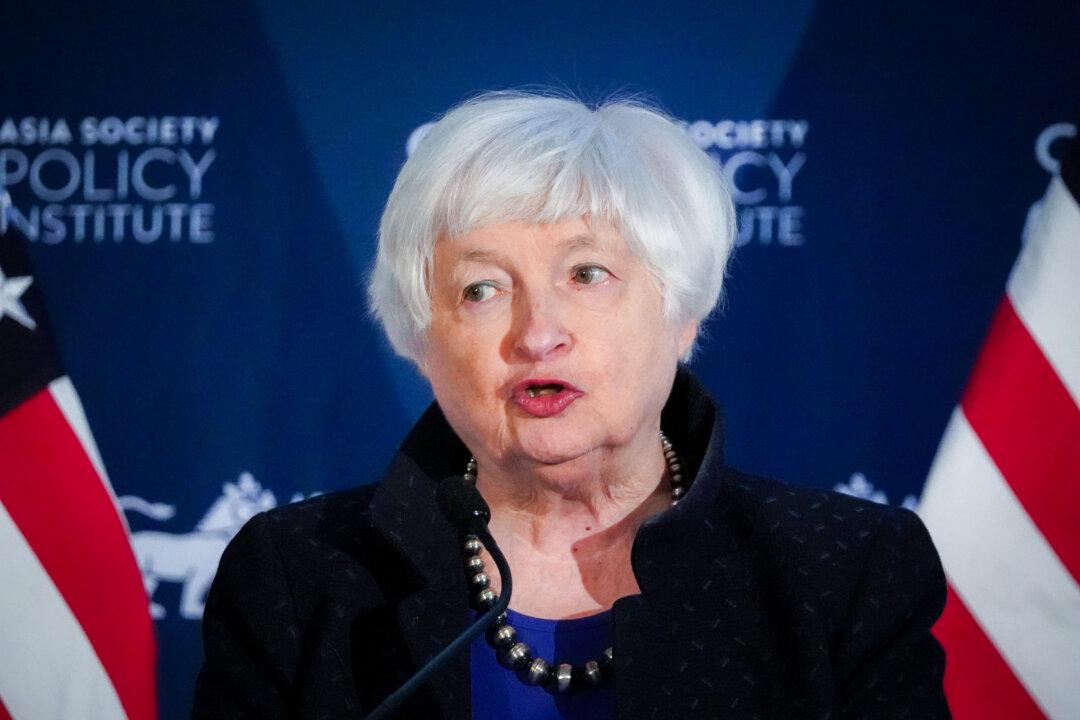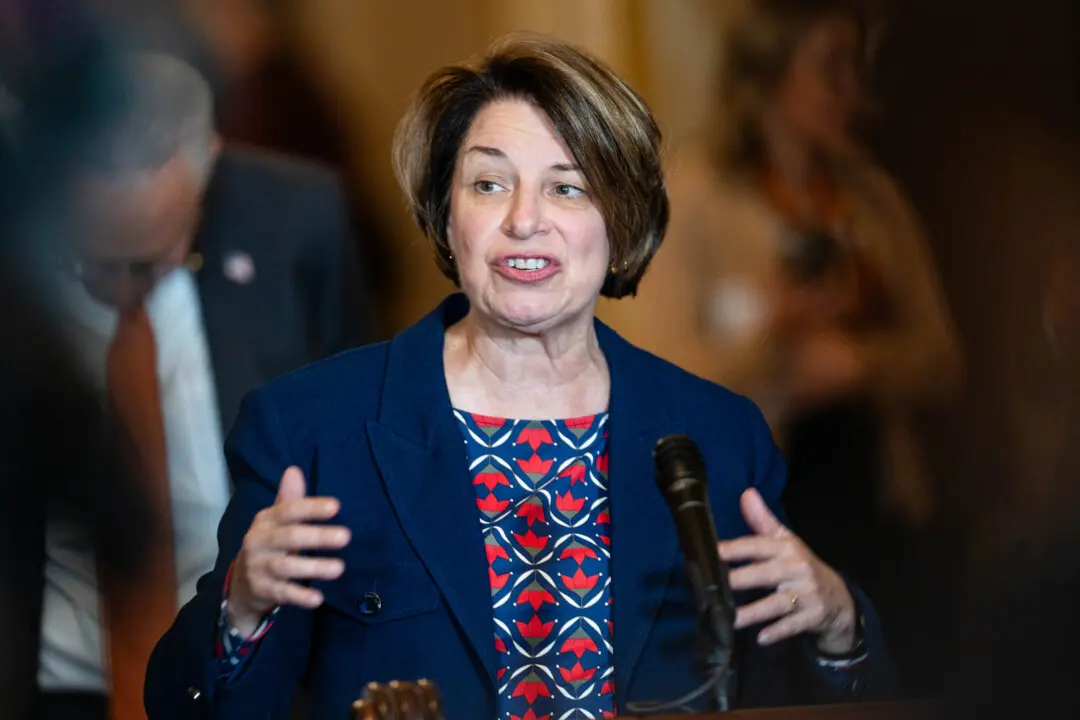Treasury Secretary Janet Yellen said Monday that she believes that the Federal Reserve’s high interest-rate policy will help bring inflation down to the central bank’s 2 percent target without triggering a recession.
Ms. Yellen made the remarks during an interview with Yahoo Finance on June 24, in which she said she believes inflation will fall to 2 percent “as we get into next year,” adding that economic growth may be cooling, but she doesn’t see grounds for a recession.





